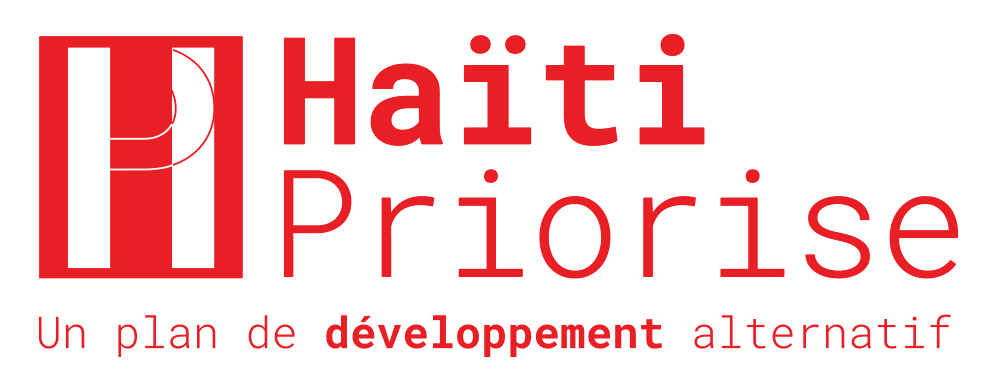Haïti Priorise: Cholera, Whittington
The Problem
Cholera first emerged as a public health threat in Haiti in 2010, when it was introduced by United Nations peacekeepers, and spread quickly throughout the country.
Since that time, hundreds of thousands of people have been infected, and nearly 10,000 people are estimated to have died due to the illness.
According to the Pan American Health Organization, Haiti had 34,838 new cholera cases and 374 deaths from cholera between January and October 2016.
The situation has prompted a range of interventions to address the cholera epidemic, including a series of vaccination efforts. However, cholera still remains a burden on the people of Haiti.
While water and sanitation interventions would reduce the risks of a resurgence of cholera, such investments are expensive, implementation is complicated, and infrastructure construction takes time. Water and sanitation investments are thus unlikely to provide adequate short-term protection against new cholera outbreaks.
The Solution
- Vaccination Campaign: either mass or school-based
As of 2017, more than 1 million Haitians have received vaccinations against cholera. However, the oral cholera vaccines used in Haiti provide only short-lived protection against cholera (approximately 3 years), making continuing vaccination important so long as the disease persists in Haiti.
Options include a mass-population of school-based vaccination program, as well as providing one or two doses.
Summary Table of the BCR
| Interventions | Benefit($ per household per month) | Cost($ per household per month) | Benefits for every $ or gourde spent |
|---|---|---|---|
| Mass Vaccination with Two Doses | US$0.80 | US$0.38 | 2.1 |
| Mass Vaccination with One Dose | US$0.66 | US$0.19 | 3.5 |
| School Vaccination with Two Doses | US$0.39 | US$0.09 | 4.5 |
| School Vaccination with One Dose | US$0.26 | US$0.04 | 5.9 |
Two doses provides greater coverage, but the additional health benefit of the second injection is not as high as the first one. With limited budget, it would therefore appear better to use that second vaccination for another person.
Benefit, Costs, and BCRs
Costs
There are financial costs of producing, transporting, and administering the vaccine, as well as related programmatic costs. Vaccinated individuals also incur time and monetary costs for traveling to the vaccination center, potentially queuing for the vaccine, and the time requirements associated with the vaccination protocol. A participation rate of 65% is assumed.
In the two-dose campaign, a follow-up vaccine would be required about two weeks after the first dose, and household members would incur additional time and travel costs to return to a vaccination site. This intervention requires significant administrative efforts to manage the information and logistical requirements. Household members would need to make two roundtrips to the vaccination site and possibly spend time waiting in queues or being observed for adverse reactions to the vaccine at the time of each visit. Getting people to the health centers is a large part of the cost for a mass campaign. Travel time means lost productivity. An advantage of a school campaign is that children are in school in any case.
When only one dose is provided, the administrative and logistical costs are significantly lower. On the other hand, a single dose of the vaccine provides a lower level of protection to both vaccinated and unvaccinated individuals.
The marginal cost per dose is about $2. Vaccination would take around 45 minutes.
Benefits
The benefits from a cholera vaccination campaign are from the health gains to both the vaccinated population as well as the unvaccinated population. Unvaccinated individuals receive some protection against cholera infection from herd immunity. The protection from the vaccine reduces both morbidity and mortality from cholera infection.
While the literature shows that one dose of vaccine offers less protection than two doses, studies for a one-dose regime do not estimate the herd effects. This analysis assumes that one-dose vaccination interventions will result in herd protection, but that the herd effect will be lower in vaccination campaigns that use one dose than in campaigns that use two doses.
For a mass campaign covering 65 percent of the population, vaccination effectiveness would be around 94% for 2 doses, and 77% for 1 dose. For unvaccinated household members, herd immunity effectiveness of a mass campaign would be around 86% for 2 doses, and 70% for 1 dose.
For a school campaign covering 15 percent of the population, vaccination effectiveness would be around 84% for 2 doses, and 48% for 1 dose. For unvaccinated household members, the herd immunity effectiveness of a school campaign would be around 35% for 2 doses, and 22% for 1 dose.

